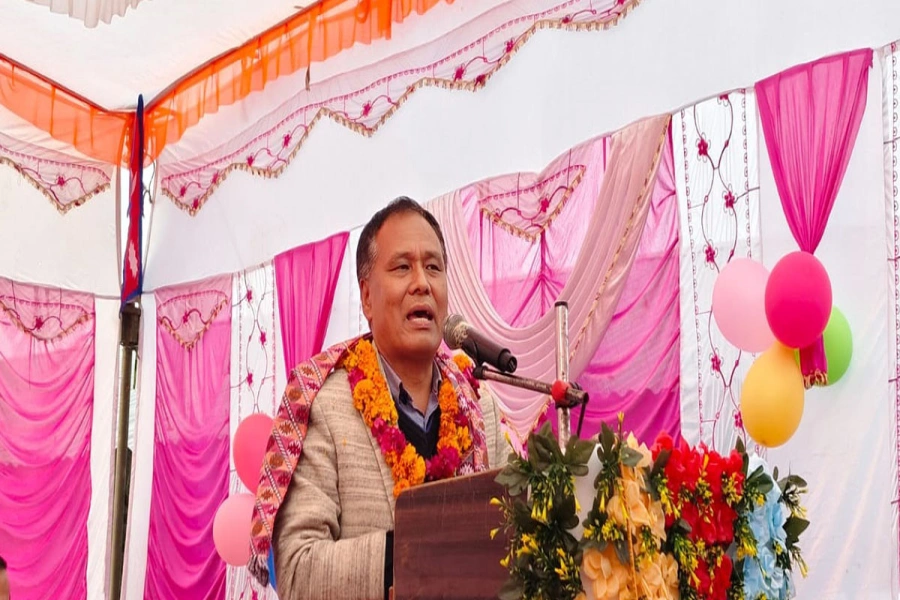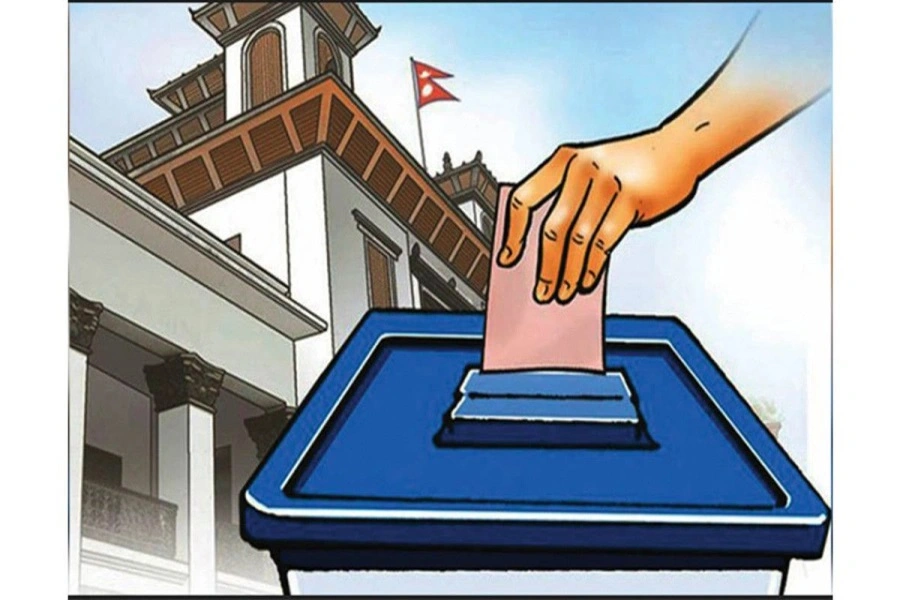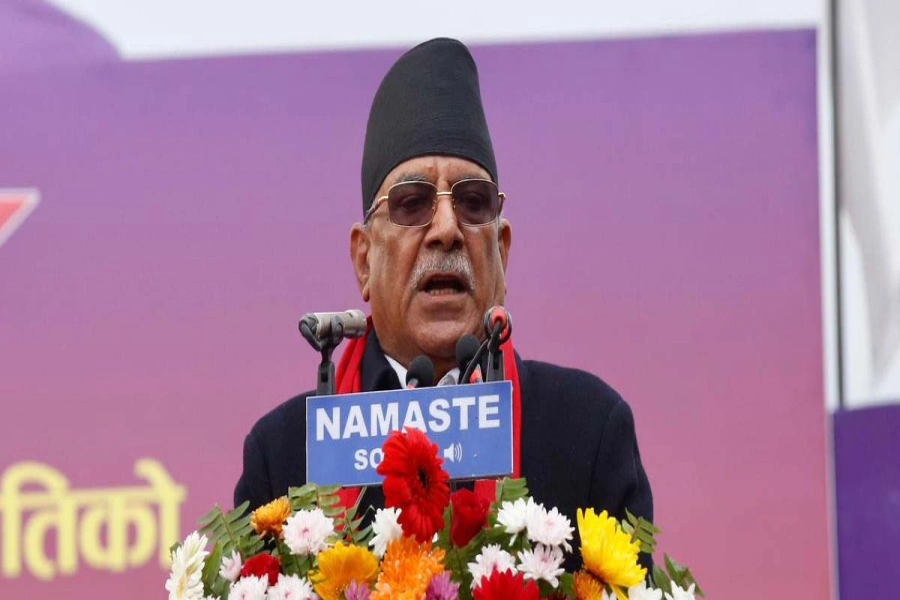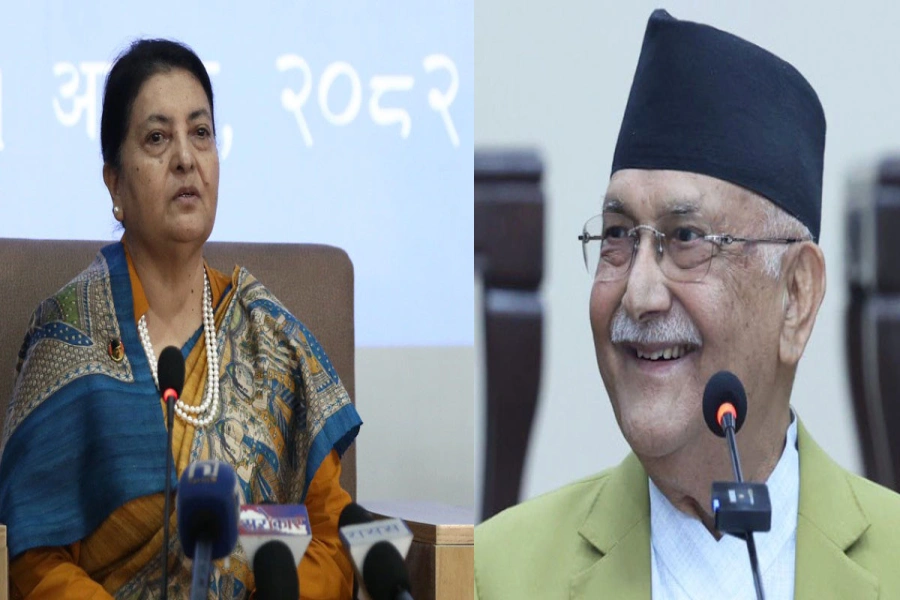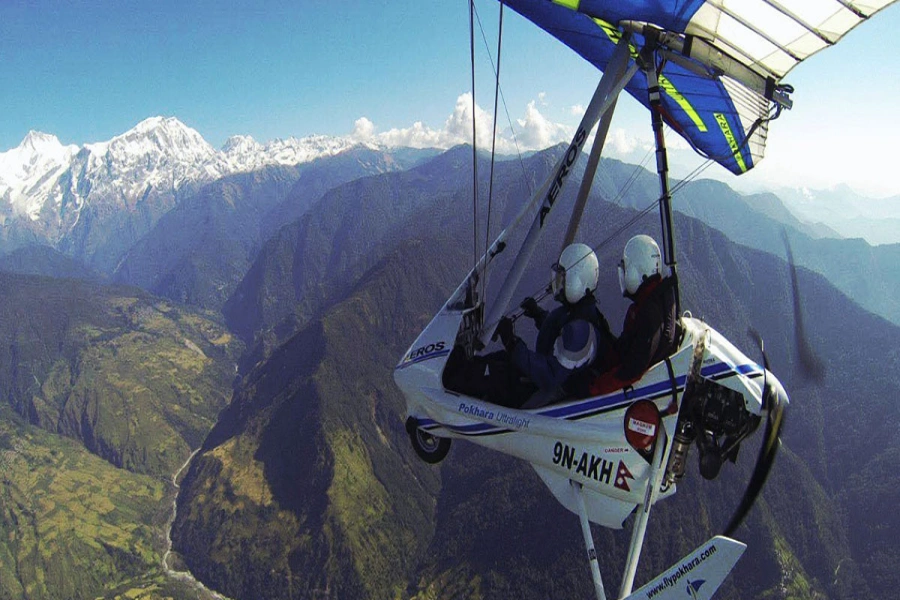KATHMANDU, April 7: A recent survey in Nepal has revealed that 34.1 percent of the population engages in the use of tobacco products in various forms. The findings were published by the Nepal Development Research Institute (NDRI) in a report entitled 'National Survey on Socio-Economic and Policy Aspects of Tobacco Use in Nepal'.
The report, which was released on Friday, indicates that the efforts to reduce tobacco use within the country have failed to yield results. It emphasizes the need for more effective enforcement of existing tobacco control laws and recommends an increase in taxes on tobacco products to curb consumption.
This study, following up on a similar report from 2020, shows a rise in tobacco usage from 31.8 percent to 34.1 percent of the population over three years, marking an increase by 2.3 percentage points. The detailed analysis reveals that 10.7 percent of tobacco consumers smoke, while 18.9 percent use smokeless tobacco products such as paan, parag, betel nuts, gutkha, and e-cigarettes. Another 4.5 percent of the population uses other forms of tobacco.
Breaking down the usage by age, the report notes that 17.9 percent of those aged between 15 to 24 use tobacco, with 8.9 percent preferring smoking and 6.3 percent prefer smokeless tobacco. A small percentage (2.7) engages in both practices. Among individuals aged between 25 to 39, tobacco use is at 26.5 percent, with 8.7 percent of them involved in smoking, 13 percent in smokeless use of tobacco, and 4.9 percent preferring both.
Govt fails to curb tobacco use despite calls for higher tax

Likewise, 41.6 percent of individuals aged between 40 to 54 use various forms of tobacco products. Within this age group, 11.1 percent smoke, 26.7 percent use smokeless tobacco products, and 3.7 percent use both. Similarly, among those aged 55 to 69, tobacco product usage is at 56.7 percent—16 percent smoke, 33.8 percent use smokeless tobacco, and 6.8 percent use both forms of tobacco.
The report further indicates a gender disparity in tobacco usage, with a higher prevalence among men than women. Among the male population of the country, 55.8 percent of men use some form of tobacco, while 11.2 percent of women use tobacco.
Specifically, 15.8 percent of men and 5.3 percent of women smoke, whereas 32 percent of men and 5.1 percent of women use smokeless tobacco. Both forms of tobacco are used by 8 percent of men compared to 0.8 percent of women.
Geographically, tobacco use is highest in Karnali Province at 47.8 percent, with the lowest income populations having the highest usage rates at 54.1 percent.
Kamal Chaulagain, a researcher at NDRI, commented on the findings, expressing concern over the ineffectiveness of current tobacco control campaigns and legislation in Nepal. He highlighted the increasing popularity of hookah and e-cigarettes, especially among young people, as a significant factor in the rise of tobacco consumption.
The survey highlights that the perception of hookah and e-cigarettes as non-smoking options among both households and users has contributed to their increased usage. Additionally, it notes that smoking expensive and lengthy cigarettes is often seen as a symbol of status.
Chaulagain mentioned that following the rise in tobacco consumption, there's a consensus among stakeholders that taxes on these products should be elevated. The survey sampled 1,600 individuals aged between 15 and 69 across 18 districts. Despite the government's efforts and the enactment of laws against tobacco usage, the report reveals that these measures have not led to significant improvements, as evidenced by various campaigns.
Out of those who attempted to quit smoking, only 2 percent succeeded. Researcher Chaulagain criticizes the government for not fostering an environment supportive of quitting tobacco.
Dr Jaya Kumar Gurung, the head of NDRI, commented on the research findings, pointing out lax enforcement of the Anti-Smoking Act. He emphasized the lack of public awareness regarding the harmful effects of tobacco products. Gurung attributed the lack of progress in tobacco control to inadequate enforcement of bans and the failure to increase taxes as needed. He recommended taxing such substances at 75 percent, in line with the World Health Organization standards.
Dr Bhakta KC, director of the National Health Education, Information, and Communication Center, announced plans to raise taxes and ban e-cigarettes as measures to enhance tobacco control in Nepal. He also mentioned forthcoming efforts to rigorously enforce the Act in public places, including hotels and restaurants, where it has previously been ignored.














